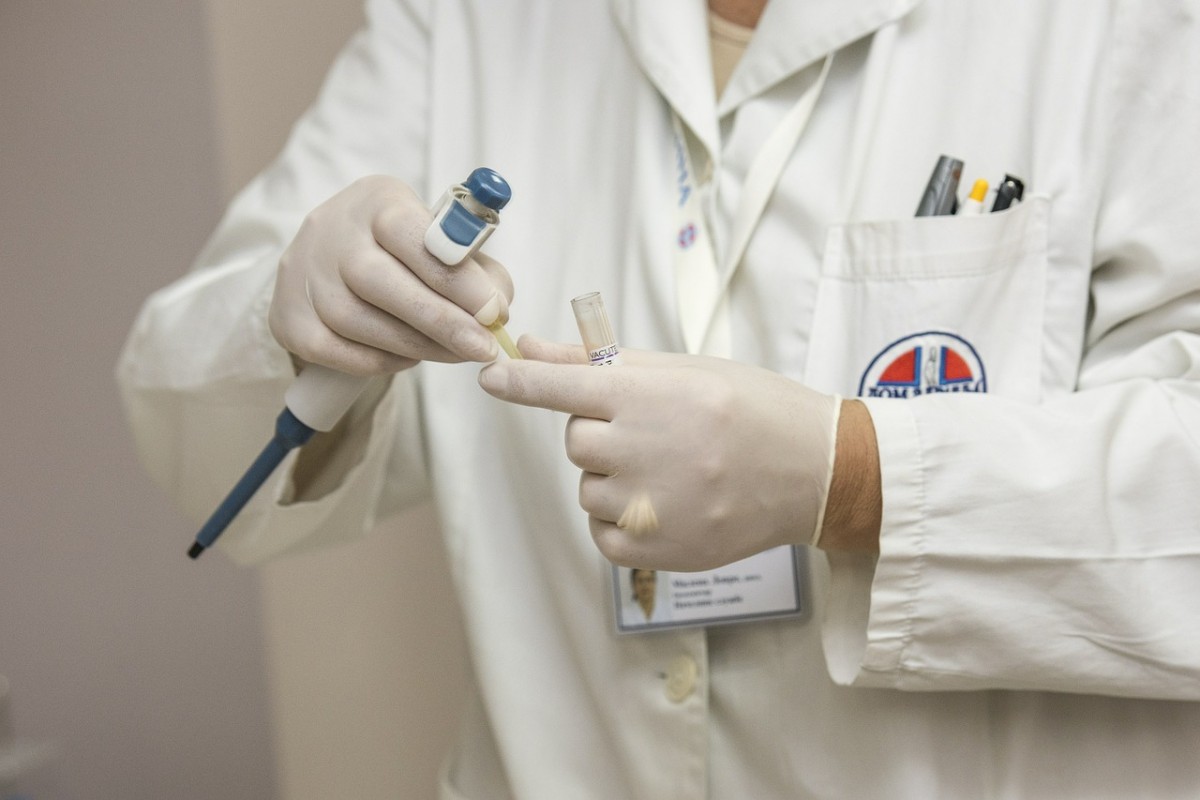
Extreme values of serum uric acid levels in the blood can markedly reduce a patient’s chance of surviving and reduce their lifespans by up to 11 years, according to a new study by researchers at University of Limerick’s School of Medicine.
In one of the largest studies and the first of its kind in Ireland, researchers found evidence of substantial reductions in patient survival associated with extreme concentrations of serum uric acid (SUA) for both men and women.
The study, which was seed funded by the Health Research Board (HRB), has just been published in the European Journal of Internal Medicine.
“This is the first study to yield detailed survival statistics for SUA concentrations among Irish men and women in the health system,” according to lead author, Dr Leonard Browne, PhD, Senior Research Fellow in Biostatistics at the UL School of Medicine.
“Our key question was to determine whether SUA, a routinely measured blood marker, could help us predict a patient’s lifespan, all else being equal,” Dr Browne added.
To answer this, the research team used data from the National Kidney Disease Surveillance System (NKDSS), based at UL, and created a large cohort of 26,525 patients who entered the Irish health system at University Hospital Limerick between January 1, 2006 and December 31, 2012, following them until December 31, 2013.
Dr Browne said: “For men, the message was quite clear. The median survival was reduced by an average of 9.5 years for men with low levels of SUA (less than 238µmol/L), and 11.7 years for men with elevated SUA levels (greater than 535 µmol/L) compared to patients with levels of 357-416 µmol/L.”
“Similarly, for women, we found that the median survival was reduced by almost 6 years for those with SUA levels greater than 416 µmol/L, compared to women with SUA in the normal range.”
The shape of the mortality curves was quite different for men and women, according to Dr Browne.
“For men the shape of the association was predominantly U-shaped with optimal survival between 304-454 µmol/L, whereas, for women, the pattern of association was J-shaped with elevated risk of mortality only present for women with SUA levels beyond 409 µmol/L,” he explained.

Professor Austin Stack, Foundation Chair of Medicine at UL’s School of Medicine, senior author of the study and Principal Investigator for the NKDSS at UL and Consultant Nephrologist at UL Hospitals, said there was good evidence that high levels of SUA are associated with a range of serious chronic medical conditions such as kidney failure, hypertension, heart disease, stroke and diabetes.
“These known associations might in part explain the high mortality that we observed for patients with elevated SUA levels in our study,” Professor Stack explained.
“Indeed, when we looked at the cause of death for these patients we found on one hand that that men and women with very high SUA levels died from cardiovascular causes of death.
“On the other hand, and quite surprisingly, we also found that very low levels of SUA were also associated with a higher risk of death primarily in men. This would of course suggest that very low levels of SUA are also detrimental to survival.
“We had speculated that patients with very low levels of SUA might reflect a subgroup that were generally sicker and had poorer nutritional status. Although when we took these considerations into our analysis, low SUA levels still predicted higher death rates in men.
“Interestingly, men who died with low SUA levels had a higher proportion of deaths from cancer – unlike those with high SUA level who had a higher proportion of deaths from cardiovascular disease,” Professor Stack added.

Uric acid is a by-product of the body’s metabolism and is associated with conditions such as heart disease, high blood pressure, stroke, kidney disease, and gout.
Previous work by the research group at UL found that hyperuricaemia is very common and affects about 25% of adults in the health system with a pattern of increasing growth year-on-year.
This current study adds to the body of evidence on the importance of SUA as a major predictor of survival and a potential target for treatment.
“A key consideration is whether we should treat hyperuricaemia and lower SUA levels to a desired target level in order to extend patient survival,” said Professor Stack.
Prospective clinical trials are currently underway using uric acid lowering drugs in order to provide a definitive answer to this question.
Speaking about the results, Dr Mairead O’Driscoll, Chief Executive of the HRB, said: “This study demonstrates the enduring value of having robust datasets in place that have been collected over time. By researching the data, this team at UL and their partners are now making significant discoveries about uric acid on a frequent basis that will help shape treatments for people with conditions like heart disease, stroke and kidney disease.”
